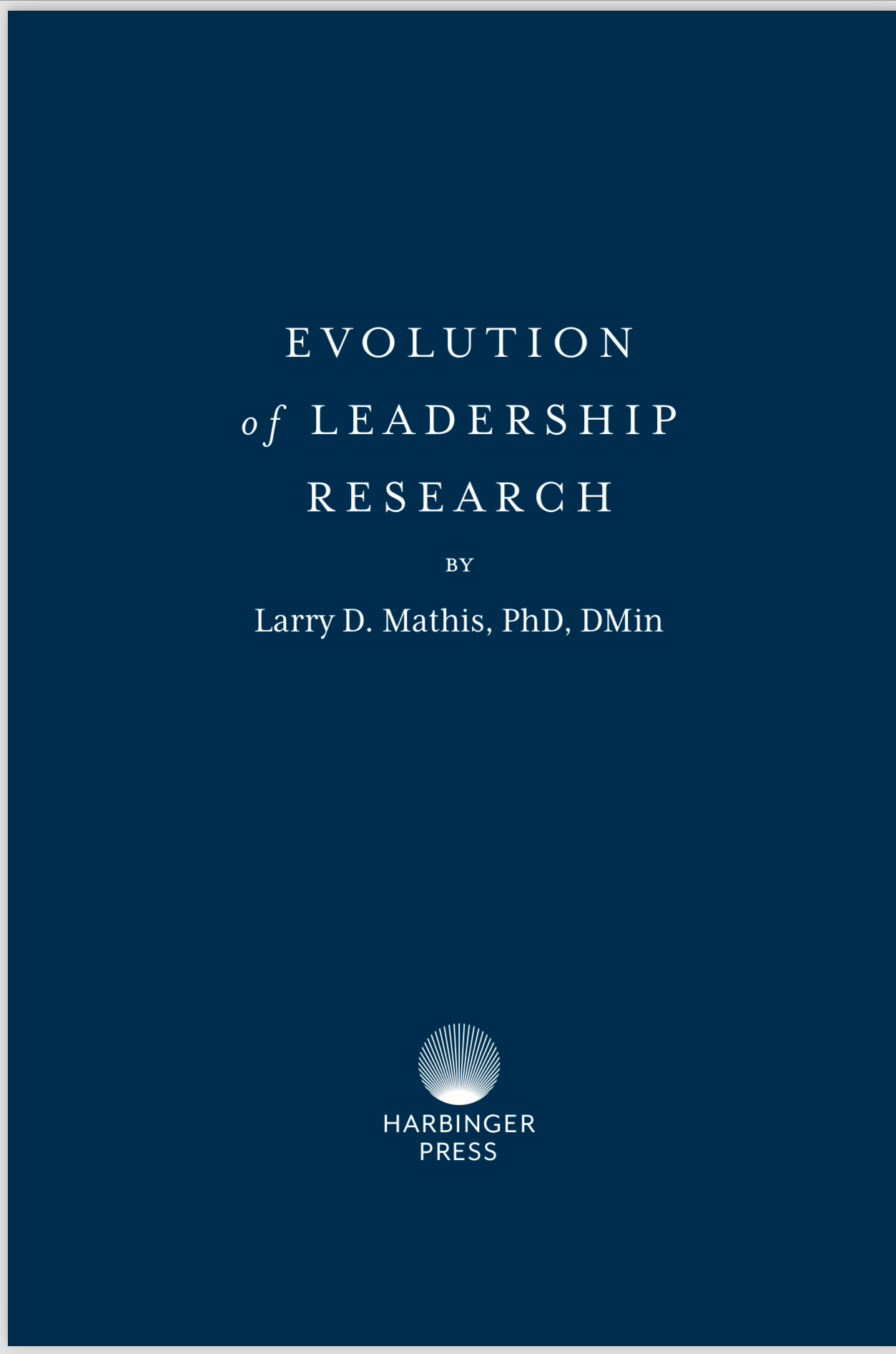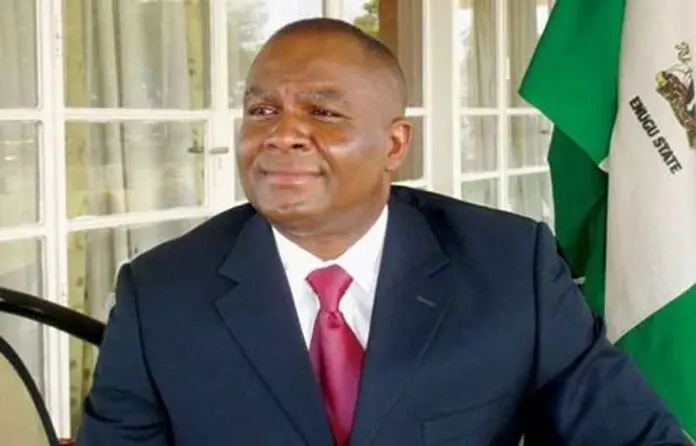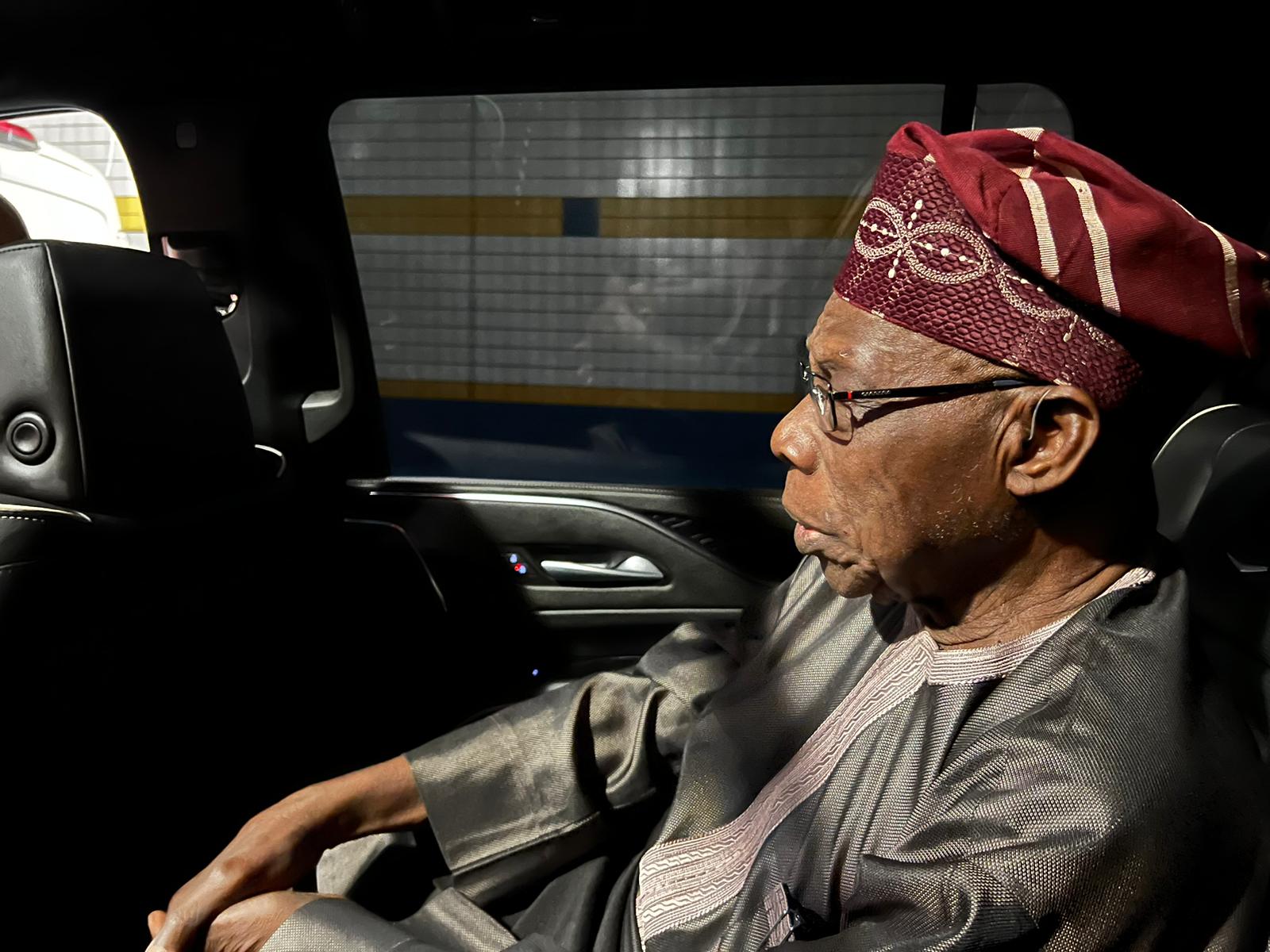Now that the World Court has ruled, I feel free to share this copy of a letter prepared by then-Attorney General and Commissioner for Justice, Dr. T. O. Elias, in September 1970. It was this opinion that guided General Yakubu Gowon of Nigeria in his negotiations with then-President Ahidjo of Camerouns.
____________________
ATTORNEY-GENERAL’S CHAMBERS
LAGOS
12517 Bo.16/S.3/60
ATTORNEY
3rd September, 1970
20075
Dr. O. Arikpo
Commissioner for External Affairs
Ministry of External Affairs
Lagos
Dear Dr. Arikpo,
Nigeria/Cameroun Boundary Demarcation
You will recall the recent developments in the relations between Nigeria and the Cameroons concerning the disputed Bakasi Peninsula, particularly the work of the Nigeria-Cameroons Joint Boundary Commission which sat at Yaounde from 12 to 14 August, 1970. This Ministry has given a most careful consideration to the whole question in the light of all the available evidence, and the conclusion is that there is no legal basis for Nigeria’s claims to the Bakasi peninsula for the reasons stated herein.
2. Nigeria is bound to honor a number of pre-independence treaties and other international agreements inherited from Britain by virtue of the Exchange of Notes of October 1, 1960, between us and the United Kingdom on treaty obligations. The following Agreements relevant to the present subject matter, which are binding on Nigeria, and which should be read together show that the Peninsula belongs to the Cameroons, as the international boundary was drawn through the Thalweg of the River Akpa-Yafe which puts the Bakasi Peninsula on the Cameroons side of the boundary:
(i) Article 21 of the Agreement between the United Kingdom and Germany signed at London on March 11, 1913;
(ii) the Anglo-German Protocol signed at Obokum on April 12, 1913; and
(iii) the Exchange of letters between the British and German Governments on July 6, 1914.
3. According to the information received from the Federal Directorate of Surveys, the Bakasi Peninsula has never been included as part of Nigeria in the administrative maps of Nigeria since the then Southern Cameroons ceased to be part of Nigeria in 1961. Also, the Northern Region, Western Region and Eastern Region (Definition of Boundaries) proclamation 1954 (L. N. 126 of 154) showed the Bakasi Peninsula as forming part of the then Southern Cameroons. Moreover, by a Diplomatic Note No, 570 of March 27, 1962, from your ministry to the embassy of the Cameroons in Lagos, to which was attached a map prepared by the Federal Surveys, Nigeria recognized the Bakasi Peninsula as forming part of the Cameroons.
4. The principle of good faith in International relations demands that Nigeria should not disavow her word of honour as evidenced by the note of 1962. Every effort should be exerted on our side to ensure that Nigeria does not show ingratitude to a sister country that stood by us during the civil war. Accordingly, I strongly urge that these recommendations of the Nigeria-Cameroons Joint Boundary Commission dated August 14, 1970 should be implemented expeditiously:
1. “That the delimitation of the boundaries between the two countries be carried out in three stages:
(a) the delimitation of the maritime boundary;
(b) the delimitation of the land boundary as defined in the Anglo-German Protocol signed at Obokum on April 12, 1913 and confirmed by the London Anglo-German agreement “respecting (1) The settlement of the Frontier between Nigeria and Kameron from Yola to the sea; and (2) the Regulations of navigation on the Cross River”, and the exchange of letters between the British and German Governments on July 6, 1914;
(c) the delimitation of the rest of the land boundary.
2. That the delimitation of the maritime boundary be carried out in accordance with the 1958 Geneva Conventions on the Law of the Sea, and in accordance with boundary marks and posts defined in the Anglo-German Agreement “respecting (1) the settlement of frontier between Nigeria and Kamerun from Yola to the sea; and (2) the Regulation of Navigation on the Cross River”.
3. That at the conclusion of each of the stages listed above, a separate treaty be signed by the two countries to give effect to the boundary so demarcated and surveyed.
4. That experts be provided by both countries to commence work as soon as practicable on the delineation of the Nigeria-Cameroons maritime boundary using maps and charts of the largest available scale and which best conform to the standards laid down by the 1958 Geneva Convention; and that work on this delineation be completed not later than the 30th of September, 1970.
5. That work commenced in 1965 in retracing the land boundary and identifying the boundary pillars, which work was started by a joint Nigeria-Cameroon technical Commission, to settle the boundary dispiute between Boudan and Danare, be resumed, and that it continues to the Cross River Estuary.
6. That while work progresses towards giving effect to the above recommendation, both Governments take such measures as will be necessary for the consolidation of the friendly and fraternal relations existing between them”.
Yours sincerely,
(Sgd) Dr. T. O. Elias
Attorney General of the Federation and Commissioner for Justice
RETURN

Review of “Evolution of Leadership Research by Larry D. Mathis, PhD, DMin “ The book was first brought to my attention by Shawn Mathis, Ph. D...

This article was first published on November 12, 2024, on https://constitutionaldiscourse.com/a-game-for-the-throne-the-nigerian-constitution-and-the-...

Civil Society and Social Movements: The Role of Activism and Radical Politics in Deepening Democracy in AfricaByOtive Igbuzor, PhDFounding Executive D...

Chimaroke Nnamani: Progenitor of Ebeano politics at 64By Paul MumehChimaroke-Nnamani2.jpg 88.87 KBHate or love him, Senator Chimaroke Nnamani; fo...

Background To The Recent Nigerian ElectionsGeneral Obasanjo more than just a "friend" of the AmericansElizabeth Liagin is an independent journalist wh...